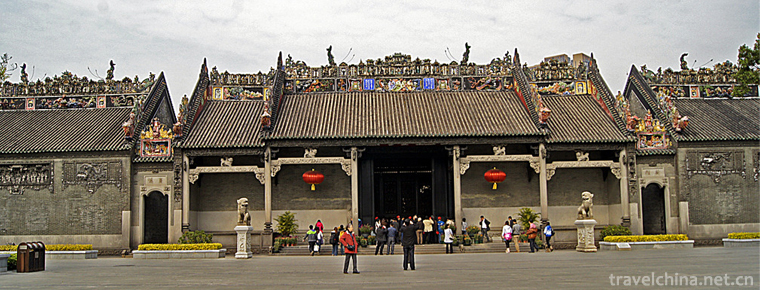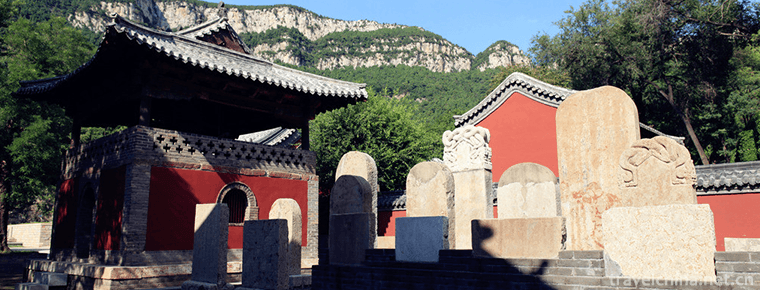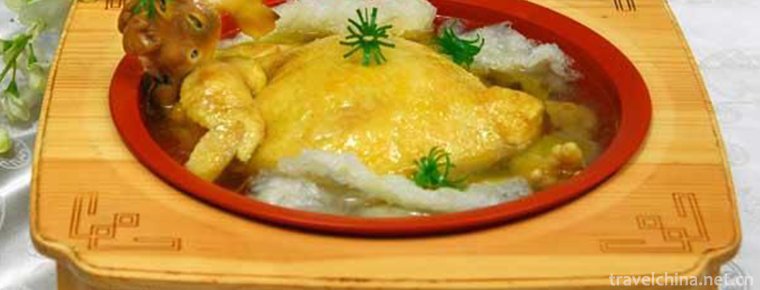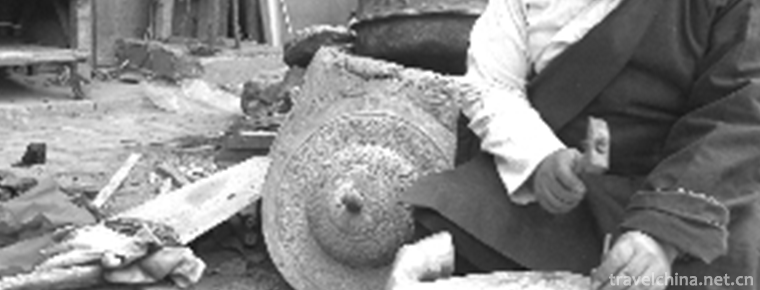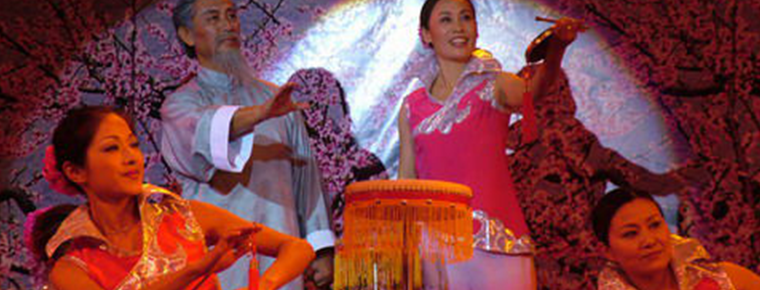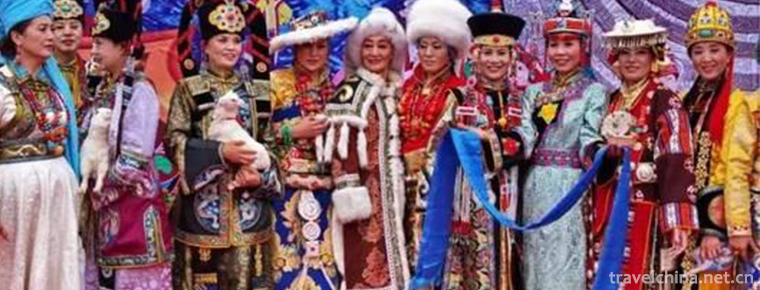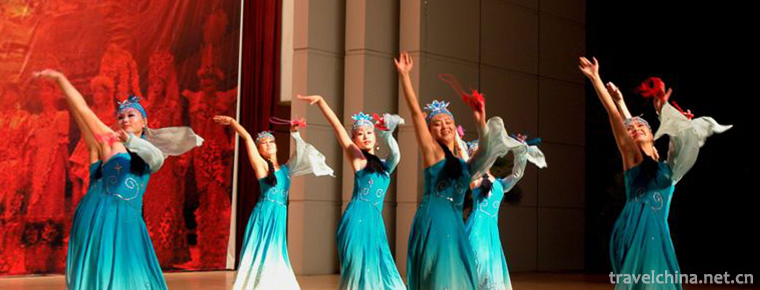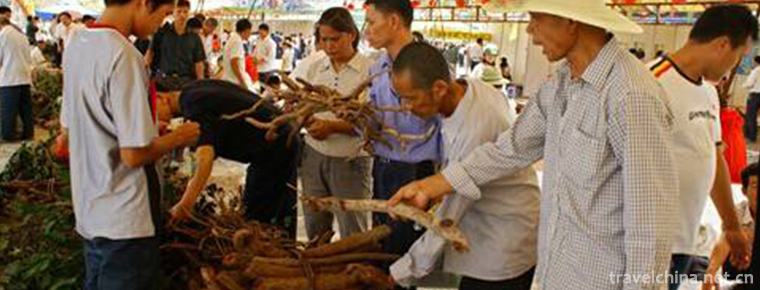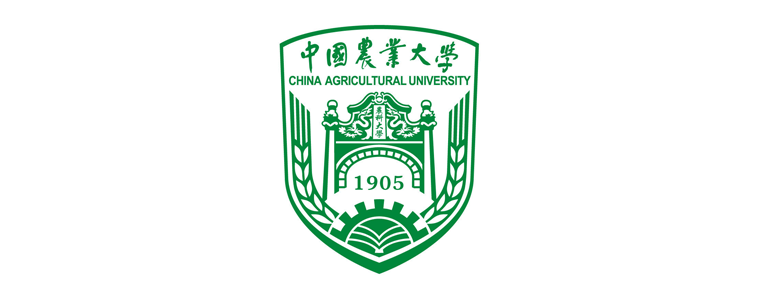Shulaibao
Shulaibao
Shulaibao, a traditional Chinese folk art. Popular in northern China, the source is a means for beggars to ask for money. One or two people sing. Beat with a bamboo board or with a copper bell attached to the condyle. Common sentence patterns are "three, three" six-character sentences and "four, three" seven-character sentences which can be disconnected. Two, four or six sentences can change rhyme. At first, the artists rapped along the street, all of them were improvised. After entering the small entertainment venues, the content of rap changed. Some artists sang Chinese folklore and historical stories and gradually evolved into fast-paced blackboard books, which were popular with Qulaibao.
On November 11, 2014, Shulaibao was approved by the State Council to be listed in the fourth batch of representative projects of national intangible cultural heritage.
Historical Origin
Shulaibao, also known as Shunyou, Rut, and Zuizi, is popular in all parts of North and South China. It was originally used by artists to walk the streets and sing in front of stores for money. In its long historical development, it has gone through the process of "singing in the street" and "singing in the ground". Because the artists praise the store's products richly and beautifully, "Number" is like "coming" (adding) a "treasure", so it gets its name. It is said that as early as the early Ming Dynasty, there were 13 links between teachers and inheritors of Shulaibao. The famous artists in the late Qing Dynasty and the early Republic of China included Haifeng, Cao Dekui, Liu Mazi and Huo Mazi. After the 1930s, there were Gaofengshan and Wang Fengshan. There are three families in Beijing: Suo, Li and Zhu; five in Jiangbei: Ding, Guo, Fan, Gao and Qi; five in Jiangnan: peach, plum, apricot, flower and spring. Shulaibao's entry into the small theatre began in the late Ming and early Qing Dynasties, when the more famous artists were Cao Dekui, Liu Ma-zi, Ho Ma-zi and so on.
Performing Style
The performance of Shulaibao is a rhyming number singing. Most of the traditional lyrics are improvised choreography, depending on a certain formula, relying on the actors'rich life experience and improvisational creative ability, talking about the past and the present, arranging analogy and narrating. The sentence pattern of the lyrics is the upper and lower sentences of the upper six and the lower seven, the upper six words can be three or three sentences, and the lower seven words are two, two or three sentences. The rhyming method of "big rut" is adopted. The ending characters of the upper and lower sentences are required to have the same rhyme (same tone), and a short speech can be inserted in the number singing.
With a wide range of life knowledge, Bao artists have accumulated a number of fixed phrases. Later, it absorbed the expression techniques of cross talk, formed a number of counterparts, and further improved the artistic expression. Some new Arias criticized the current disadvantages appeared. Humor and wit is one of the artistic characteristics of Laibao. The basic sentence pattern of Shulaibao is upper six and lower seven, upper six words are three, and lower seven words are four, three, two, five and two, three. The last word of the upper and lower sentences should rhyme in the same way and in the same tone. Two sentences in a group can be the same, or several or more sentences in a row can be the same. Some monologues can also be inserted in the singing sentences, such as crosstalk, whitewash, etc.
Accompanied instruments
In its evolution, Shulaibao has used many kinds of fencing instruments, such as sorghum pole, money board, salad machine, hip bone, three plates, three bowls, hoe board (also known as flat board), and so on. Seven boards are now commonly used, two of which are called big boards and five of which are called knot boards. There are many ways to play the big bamboo board, including the opening board before singing and the small door in singing. It can also make a variety of flowers to create atmosphere. Sometimes it can imitate some sounds to help express the content of the lyrics.
The accompaniment instruments of Shulaibao have evolved several times. They have used money boards, salad machines, cattle hatchboard bones, three boards and so on. Later, seven boards were widely used, namely two big bamboo boards (called big scoops) and five small bamboo boards (called knots). They were used for festival accompaniment, air mouthpiece, lyrics and atmosphere. It can also tap complex rhythm and changeable sound for pure technical performance before singing.
Inheritance Significance
Shulaibao was originally a means for beggars to ask for money. They used two burdock bones (known as the "closing fan") with thirteen small bells tied to them (commonly known as the thirteen Taibao). On their heads, they had two red tamarisks, tapping and reciting their own words to ask for money from businesses. They stand at the entrance to the left and right have rules, divided into "Shuo" and "Li" doors, there is also a kind of "Shuo Li unreliable". They don't want money until they reach their goal. If the business has a bad attitude or they export bad words, they will make up words and scold the streets. They must give money before they leave. It is a way of asking for money by a rogue. But they are smart enough to make up words whenever they see them. Although businessmen hate them, they are appreciated by most of the audiences. Businessmen do not need to hand-connect the money, but use the hip bone to do it. They also use the "knot board" (that is, seven bamboo boards). The way to ask for money is the same as the words and phrases they sing. Dai Shaofu's performance was accompanied by a "rhythm" board. Dai Shaofu absorbed this kind of folk art. After his processing and arrangement, he adapted it into a form suitable for cross talk, enriched the content, added a lot of "burdens" and eliminated many vulgar and unhealthy words, which made Shulaibao gain a new artistic life. During the performance, Yu Junbo and his deputy dressed up as a man and a woman. After entering life, they dressed up as Number Laibao to ask for food. Yu Junbo acted as the shopkeeper of the business.
In this way, the climax of art has been reached in the conflict and development of contradictions. Shulaibao is one of China's intangible cultural heritage, which needs to be protected and developed urgently.

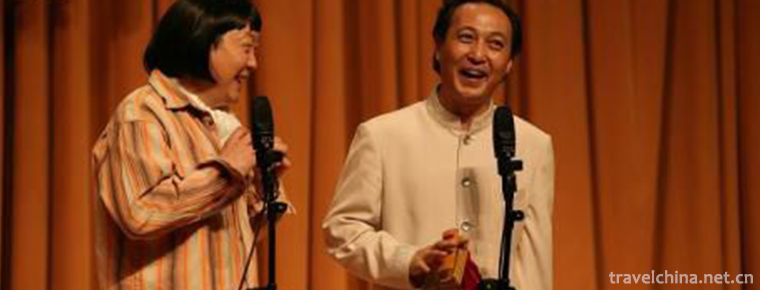
-
Chen Clan Ancestral Hall
located on the seven road of Zhongshan, Guangzhou.
Views: 172 Time 2018-10-12 -
Lingyan Temple in Jinan
Lingyan Temple, built in the Eastern Jin Dynasty, has a history of more than 1600 years. Located in the north foot of Mount Tai in the southwest of Jinan City, Shandong Province.
Views: 246 Time 2019-02-03 -
Eight treasures whole chicken
It's a delicious dish with the characteristics of beige color, delicious taste and delicacy. The main raw materials used are 1 bamboo shoot hen (about 1.75 kg), 100 grams of Jiangmi, 25 grams of dates.
Views: 443 Time 2019-03-26 -
Tibetan Cobalt Technology
Zhang Zhaxi, a Tibetan cobalt-smelting craftsman over half a century old, told reporters that he was just "catching its tail" when the craft was losing its popularity..
Views: 164 Time 2019-04-15 -
Gongs and drums
The Gong and drum books used to be called "Taibaoshu", "Taibao" is derived from the activities of "Taibu" in the countryside of Shanghai suburbs and counties, which seeks.
Views: 120 Time 2019-05-15 -
Mongolian Costume
Mongolian costumes, also known as Mongolian robes, mainly include gowns, belts, boots, jewelry and so on. However, there are differences in styles due to different regions. Mongolian costume has a str.
Views: 115 Time 2019-06-03 -
Xibo Westward Movement Festival
The Xibo people's westward migration Festival is called "418 Festival" because it is on April 18 of the lunar calendar. Because of the intention to miss relatives, also known as the Day of R.
Views: 208 Time 2019-07-01 -
Drug Market Customs
Pharmaceutical market is a trade fair held regularly in the centralized distribution center of traditional Chinese medicines with historical origin. There are more than 110 centralized distribution ce.
Views: 204 Time 2019-07-11 -
Paper Paper Paper Processing Techniques
Traditional processing paper is to make raw paper into processing paper by dyeing, sizing, powder filling, waxing, mounting, spraying gold, leveling, watermarking, painting and other processes, in ord.
Views: 276 Time 2019-07-25 -
China Agricultural University
China Agricultural University (China Agricultural University), referred to as "China Agricultural University", is located in Beijing City By Ministry of Education of the People's Republic of.
Views: 184 Time 2019-12-21 -
Yibin water resources
Yibin city produces 614500 cubic meters of water per square kilometer per year. In addition to the amount of water from various rivers in the city, the city has a total annual water volume of 242.84 billion cubic meters, and the average annual water occupatio.
Views: 359 Time 2020-12-18

